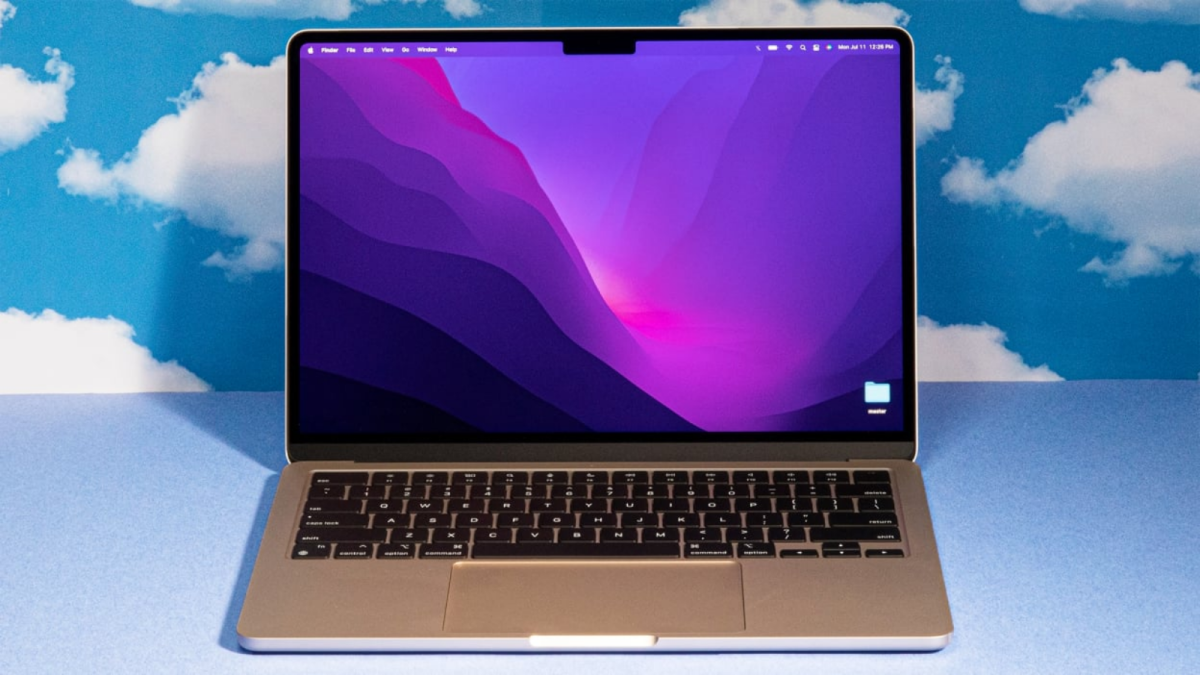How we tested
Mashable staff subjected most of the laptops on this list to varying degrees of hands-on testing (save for the Framework Laptop 13; we tried a previous version). At minimum, this involved inspecting their build quality and using them for a variety of real-world tasks for several weeks at a time. This included working in different kinds of documents, checking emails, watching videos, taking photos on their webcams, participating in video calls, listening to music (via Spotify), playing games (if possible), and experimenting with any unique software features or use cases they claimed to support.
Additionally, a handful of the newer laptops featured here were made to run industry-standard benchmark software (these being the Microsoft Surface Laptop Go 3, the HP Chromebook Plus 15.6-inch, and the Acer Nitro V 15). We just started implementing these benchmarks in our testing, and you can expect to see them in all of our new laptop reviews going forward:
Windows laptop benchmarks
We evaluate the overall performance of our testing units by having them run the Windows version of Primate Labs’ Geekbench 6, which measures CPU performance in a handful of common tasks, then recording their multi-core scores. The higher the score, the better.
We then assess our loaners’ stamina by putting them through UL Solutions’ PCMark 10 battery life stress test; this runs a series of apps and functions until the laptop conks out. We look to see about nine to ten hours of battery life in the Windows laptops we test, for reference, with over 12 hours being exceptional.
Gaming laptop benchmarks
The gaming laptops we try are put through the same performance paces as standard Windows laptops, except they only need to last at least two hours per charge to get our approval in the battery life department. (They earn extra brownie points for reaching the four-hour mark.)
To get a sense of gaming laptops’ graphical prowess, we also play Cyberpunk 2077 on them. If they have a discrete/dedicated NVIDIA GeForce RTX graphics card (as opposed to an integrated GPU that’s built into the CPU), we do this once with its DLSS tech off and again with DLSS on. This tests their raw GPU power and their performance with AI upscaling, respectively. We follow this up with 3DMark’s Time Spy benchmark for gaming PCs and record their scores. Again, higher is better.
Chromebook benchmarks
Our go-to performance benchmark test for Chromebooks is the Android version of Primate Labs’ Geekbench 6, and they get the same sort of multi-core score appraisal.
To test Chromebooks’ battery life, we run that portion of Principled Technologies’ CrXPRT 2 benchmark. Eight hours is our baseline, but nine to ten hours is ideal.
After evaluating each laptop’s performance in these tests, we made our final recommendations based on whether we thought they offered a good overall value for the money. For the purposes of this guide, we defined a “cheap” laptop as one that costs less than $1,000. We made a lone exception to this rule for the Framework Laptop 13 ($1,049): It requires a bigger upfront investment, but it’ll save you money on repair and replacement costs for years to come.





